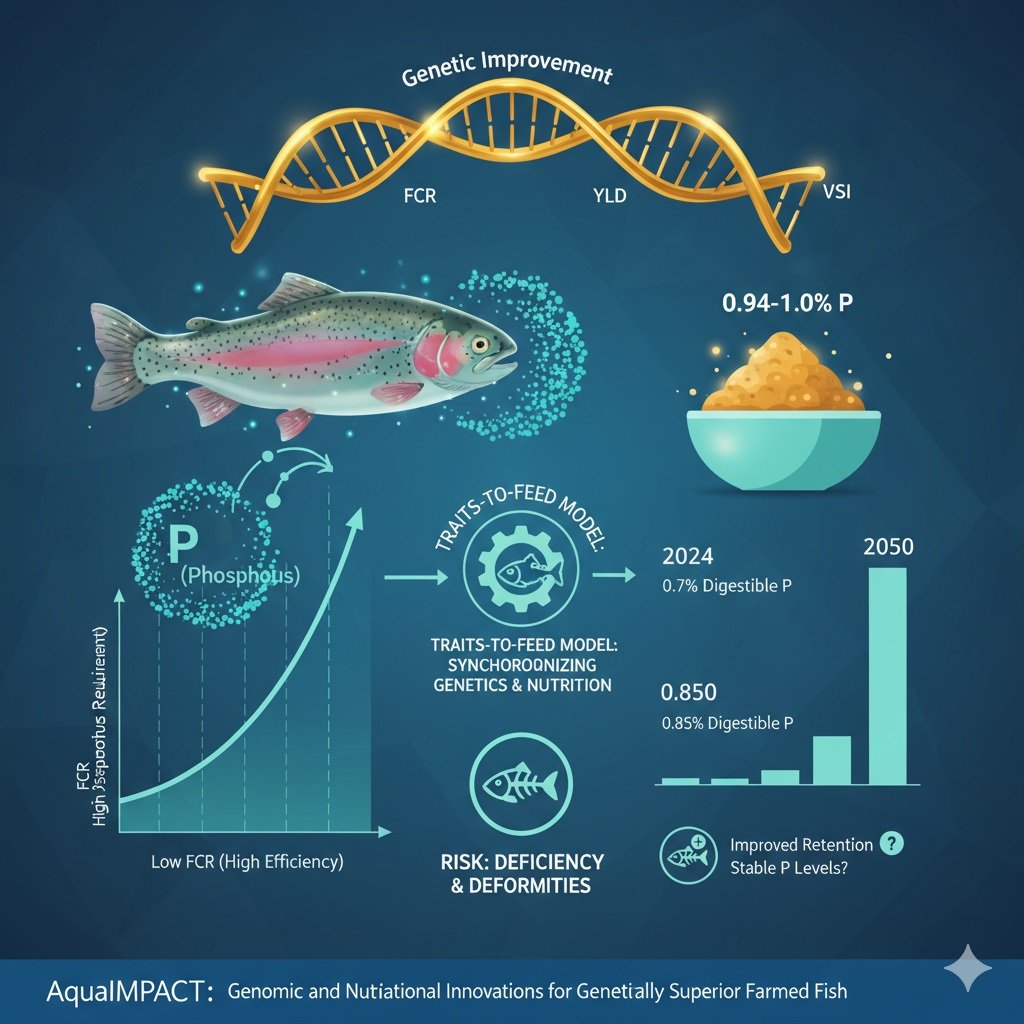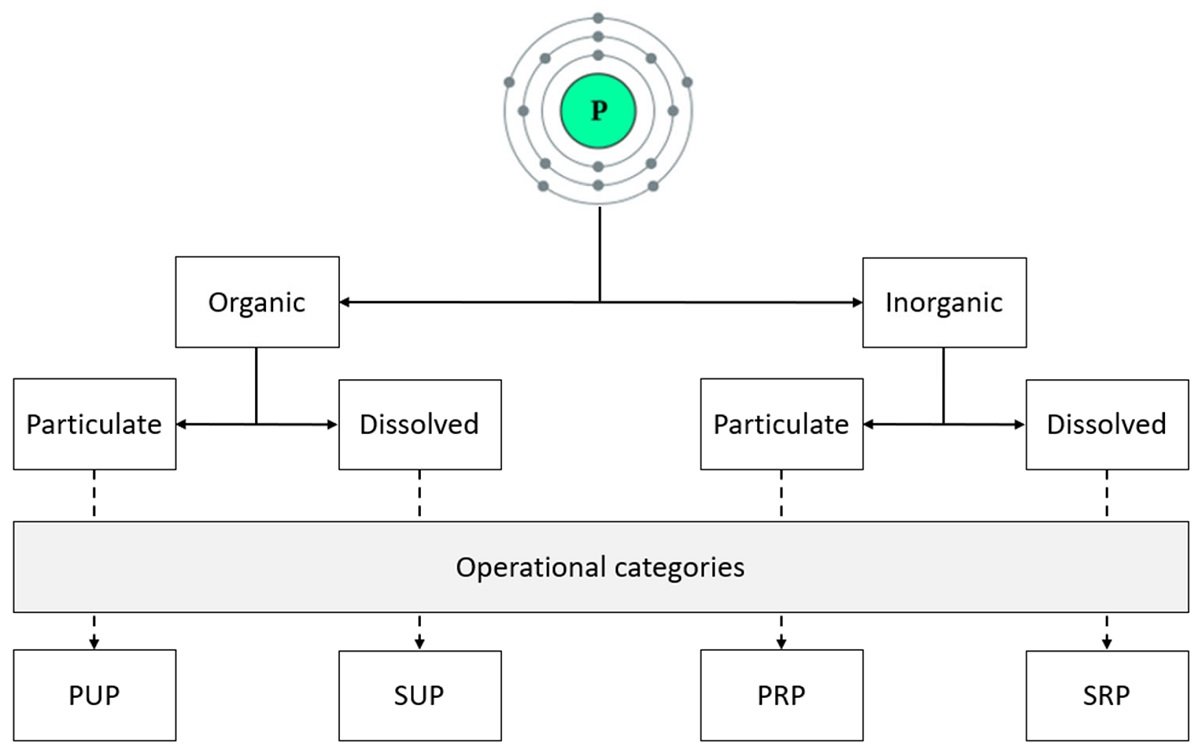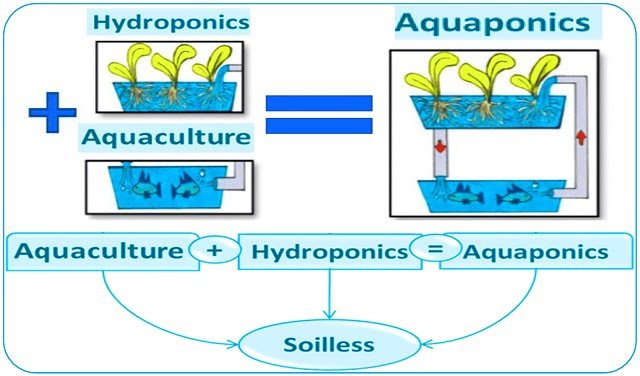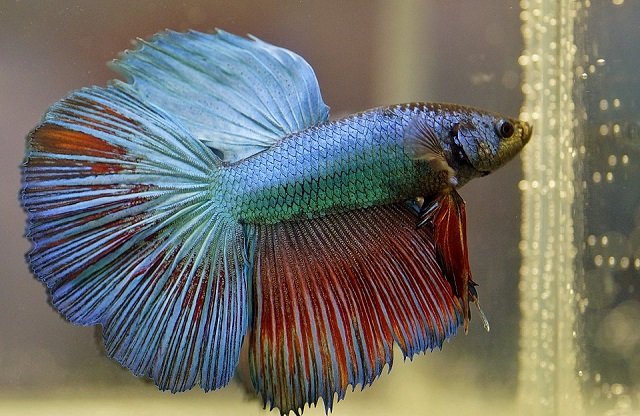
Modern aquaculture is a cornerstone of aquatic food production, driven by decades of advancements in nutrition and genetic improvement. While we have successfully bred fish that grow faster and utilize feed more efficiently, a critical question remains: are feed formulations keeping pace with the genetic potential of these fish? A recent study by scientists from the Natural Resources Institute Finland (Luke) and SPAROS Lda introduces an innovative biometric model that directly links genetics with nutrition, focusing on a crucial nutrient: phosphorus in rainbow trout.
The findings suggest that as we genetically improve fish to be more efficient, their phosphorus requirements increase—a reality that may be overlooked in modern feed formulation.
Key conclusions
- 1 Key conclusions
- 2 The phosphorus dilemma: Essential yet problematic
- 3 Uniting genetics and nutrition: The “Traits-to-Feed” model
- 4 Which traits have the greatest impact on phosphorus needs?
- 5 Future projections: Trout nutrition in 2024 and 2050
- 6 Conclusion: A call for synchronization
- 7 Entradas relacionadas:
- As fish are genetically selected for greater efficiency (i.e., faster growth with less feed), their nutritional requirements for phosphorus rise. This genetic potential cannot be realized if the diet is not adapted to meet these new demands.
- Improvement in feed efficiency (a lower Feed Conversion Ratio, or FCR) is the primary factor that increases the need for phosphorus in feed. This relationship is non-linear: small improvements in an already efficient FCR cause a disproportionately large increase in the demand for this mineral.
- Phosphorus levels in many current commercial feeds, which have been reduced due to environmental regulations, may be insufficient for today’s genetically superior fish. This compromises not only productive performance but also the health and welfare of the fish, potentially leading to issues like skeletal deformities.
- Feed formulation cannot ignore genetic advancements. It is crucial to synchronize the work of nutritionists and geneticists to ensure that diets support the potential of improved fish, thereby achieving a truly sustainable and efficient aquaculture.
- The ultimate solution lies in enhancing the fish’s own ability to retain and utilize the phosphorus it consumes, through innovations in ingredients or feed additives.
The phosphorus dilemma: Essential yet problematic
Phosphorus (P) is fundamental to fish health, serving as a key component for skeletal development, growth, and feed efficiency. A deficiency can lead to skeletal deformities and reduced performance.
However, phosphorus not retained by the fish is excreted into the environment, contributing to eutrophication—an ecological problem that has led to strict regulations and a general trend over recent decades to reduce this mineral in aquafeeds. The challenge, therefore, is to provide sufficient phosphorus for the fish without exceeding environmental limits.
Uniting genetics and nutrition: The “Traits-to-Feed” model
Traditionally, nutritional requirements are determined through costly and time-consuming dose-response trials. This new study proposes an alternative: a mathematical model that predicts the necessary changes in feed formulation based directly on changes in fish traits, such as the Feed Conversion Ratio (FCR), fillet yield (YLD), and the viscerosomatic index (VSI).
This “traits-to-feed” approach integrates quantitative genetics and fish nutrition into a unified predictive framework for the first time. To achieve this, researchers utilized decades of data from Finland’s national rainbow trout genetic breeding program.
Which traits have the greatest impact on phosphorus needs?
The study developed two versions of the model—a simple and an advanced one—both of which arrived at consistent and revealing conclusions.
Stay Always Informed
Join our communities to instantly receive the most important news, reports, and analysis from the aquaculture industry.
The leading role of the Feed Conversion Ratio (FCR)
The most significant finding is that improvements in FCR (less feed required to gain one kilogram of weight) are the main driver of increased phosphorus requirements. The relationship is strong and non-linear: as the FCR decreases and approaches 1.0, the necessary level of digestible phosphorus in the feed skyrockets.
Simply put, a more efficient fish converts feed into biomass more rapidly. For this new biomass (muscle, bone) to have the correct composition, the feed must be denser in essential nutrients like phosphorus. Otherwise, the mineral content in the fish’s body becomes “diluted,” compromising its health.
A modest effect from body composition
Selection programs have also produced trout with higher fillet yields and a lower percentage of viscera. Intuitively, one might think this would significantly alter phosphorus needs.
However, the model demonstrates that the effect of these changes in body composition is modest and linear. While an increase in phosphorus-demanding tissue (such as the skeleton, included in the “rest of the carcass”) does have an influence, its impact is far less significant compared to the drastic influence of the FCR.
Future projections: Trout nutrition in 2024 and 2050
By applying the model to observed genetic trends, the researchers made a bold projection.
- For 2024, the optimal level of digestible phosphorus predicted for improved trout is between 0.66% and 0.70%, which equates to a total phosphorus content of 0.94% to 1.0% in the feed (assuming 70% digestibility). These values are higher than the levels found in many commercial feeds, which have been reduced to comply with environmental regulations.
- Looking ahead to 2050, if genetic improvement of FCR continues at its current pace and the phosphorus retention efficiency of the fish remains stable at 40%, the digestible phosphorus requirement in the feed will increase to 0.85%.
The only way to avoid this increase in phosphorus inclusion is to improve the fish’s ability to retain the phosphorus it consumes. If, for example, innovations in ingredients or feed additives could improve retention efficiency by 0.5% to 0.7% annually, the required phosphorus levels in the diet could remain stable or increase only slightly.
Conclusion: A call for synchronization
This study provides a critical tool for nutritionists, feed formulators, and geneticists. It demonstrates that genetic selection does not happen in a vacuum; every advancement in fish efficiency must be met with a corresponding nutritional adaptation for its potential to be fully and healthily expressed.
Excessively reducing phosphorus in feeds for environmental reasons, without considering the changing needs of genetically superior animals, is a risky strategy. It could not only limit productive performance but also compromise animal welfare by increasing the risk of deficiencies and skeletal problems. The future of sustainable and efficient aquaculture depends on nutrition and genetics advancing in step.
The study is part of the ‘AquaIMPACT: Genomic and Nutritional Innovations for Genetically Superior Farmed Fish to Improve Efficiency in European Aquaculture’ project, funded by the European Union’s Horizon 2020 Research and Innovation Programme.
Contact
Natural Resources Institute Finland (Luke),
Breeding and Genomics, Tietotie 4, FI-31600 Jokioinen, Finland.
Email: antti.kause@luke.fi
Reference
Kause, A., Soares, F., & Silva, T. S. (2026). A biometrical traits-to-feed model integrating fish nutrition and genetic improvement of feed utilisation traits: Predicting changes in optimal feed phosphorus levels for selectively bred rainbow trout. Aquaculture, 612, 743171. https://doi.org/10.1016/j.aquaculture.2025.743171
Editor at the digital magazine AquaHoy. He holds a degree in Aquaculture Biology from the National University of Santa (UNS) and a Master’s degree in Science and Innovation Management from the Polytechnic University of Valencia, with postgraduate diplomas in Business Innovation and Innovation Management. He possesses extensive experience in the aquaculture and fisheries sector, having led the Fisheries Innovation Unit of the National Program for Innovation in Fisheries and Aquaculture (PNIPA). He has served as a senior consultant in technology watch, an innovation project formulator and advisor, and a lecturer at UNS. He is a member of the Peruvian College of Biologists and was recognized by the World Aquaculture Society (WAS) in 2016 for his contribution to aquaculture.




